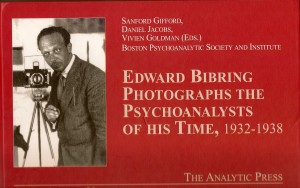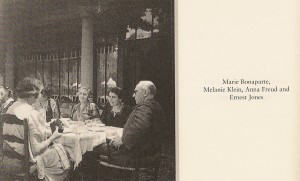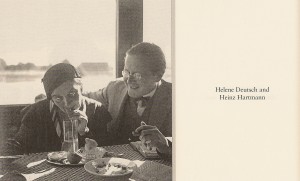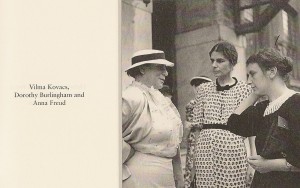Mary Coin by Marisa Silver
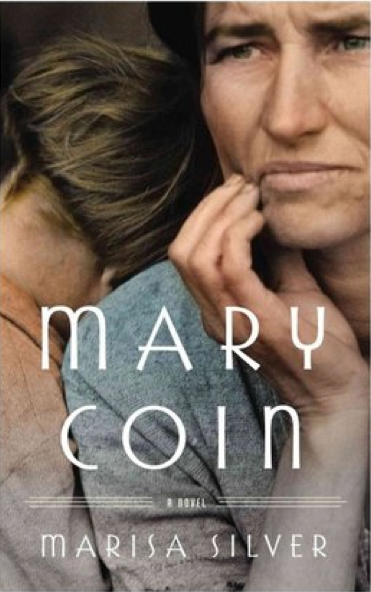 Mary Coin by Marisa Silver– It is a safe assumption, that just about everyone reading this review is familiar with the iconic photograph which is the book cover of the novel being reviewed. You probably know it was taken in California during the Great Depression, It has become known as the “The Migrant Mother.” But who are these people? Where did they come from, what was their life like and what was it like to live in those times? Marisa Silver the author of this novel was not content with just wondering about these things. She wanted to really understand what was going on. She obviously studied the history of this time and place, She created a story that goes beyond the picture but attempts to tell us about Florence Owens Thompson whom she names Mary Coin. She also tells us about the real photographer Dorothy Lange whom she gives the alias Vera Dare. With this latter character there actually have been a couple of biographies written over past 75 years, which could have, provided some important details to draw upon. There are no tell tale remnants of the main subject of the photo other than a letter that she wrote to a magazine complaining that she didn’t think it was right that the photographer should benefit from a personal image of her and her family. There is a third character created in this novel, which as far as I know is totally fiction. That is Walker Dodge, a college professor who studies cultural history by trying to find evidence of what people’s lives were really like in various time periods. Perhaps he is a stalking horse for the author. She does however take an imaginative poetic license in some of the plot that she develops about him.
Mary Coin by Marisa Silver– It is a safe assumption, that just about everyone reading this review is familiar with the iconic photograph which is the book cover of the novel being reviewed. You probably know it was taken in California during the Great Depression, It has become known as the “The Migrant Mother.” But who are these people? Where did they come from, what was their life like and what was it like to live in those times? Marisa Silver the author of this novel was not content with just wondering about these things. She wanted to really understand what was going on. She obviously studied the history of this time and place, She created a story that goes beyond the picture but attempts to tell us about Florence Owens Thompson whom she names Mary Coin. She also tells us about the real photographer Dorothy Lange whom she gives the alias Vera Dare. With this latter character there actually have been a couple of biographies written over past 75 years, which could have, provided some important details to draw upon. There are no tell tale remnants of the main subject of the photo other than a letter that she wrote to a magazine complaining that she didn’t think it was right that the photographer should benefit from a personal image of her and her family. There is a third character created in this novel, which as far as I know is totally fiction. That is Walker Dodge, a college professor who studies cultural history by trying to find evidence of what people’s lives were really like in various time periods. Perhaps he is a stalking horse for the author. She does however take an imaginative poetic license in some of the plot that she develops about him.
By following the life of Mary Coin we see what is was like in the Great Depression, especially among poor people but it is still difficult to get an emotional understanding of these times. How can a modern day reader empathize with a single mother of 3 children who working all day doing hard labor in a farm field, picking crops which requires that she be bent over most of the time? What if the jobs are scarce and she doesn’t get work? What kind of medicine is available for her kids at that time period and in the midst of poverty? How do you deal with pregnancy, childbirth or abortion in the 1930s in this setting? What do sexual favors mean if they help you get food for your children? How do relationships develop in this context?
The story also follows the life of Vera Dare. We meet her family, come to appreciate her life and childhood as well as the people in her life as an adult. Through the recounting of a speech that she made, we come to understand the early life of the photographer. We follow her to where she gets a job taking pictures for the government that would capture the life and poverty of that time. This is where she meets Mary Coin.
This book also deals with the question of what is a photograph? What does it mean to be the subject of the picture and is there really consent in such a setting? The picture we realize is one moment in time but in this situation it really does tell a deep meaningful story with just one click.
There is the unanswered question raised by the Florence Owens Thompson in the one letter that exists of her actual words as she challenges the idea that the photographer might have benefited from her plight. Ms. Lange the real photographer was working for the government and did not benefit directly from taking the picture. She obviously did so indirectly and this is part of her great legacy.
The iconic photograph has captured and preserved a moment in time as all pictures do. But because this one has reached and impacted millions of people, it takes on a special significance. It makes the numerous viewers want to understand what the people in it were experiencing at the time. Ms. Silver, the author extends the value of the picture by creating a story so we can know the lives of people of the time and place of the photograph. Like so many other historical novels, by reading it we have gained an insight and empathy about the subjects who are part of our humanity. Thus we are all richer for reading this book.


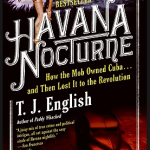
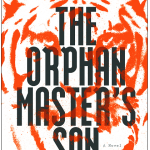
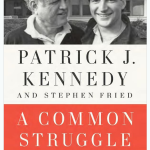


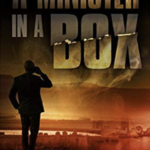
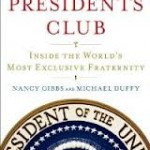
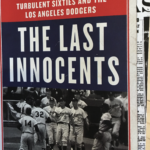
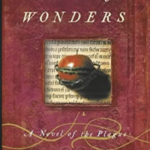



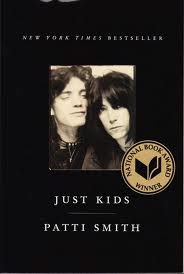 If you don’t know much about Patti Smith and you look her up you will see that she is a very accomplished poet, visual artist, song writer and performer. Her music is of the punk rock variety. She even co-wrote a song with Bruce Springsteen that made it to #13 and she has received all kinds of recognition for her body of work including being inducted into the Rock and Roll Hall of Fame. This book touches upon some of the many things that she has done but it is really a story of her relationship with a man who wasn’t her husband or the father of her children and wasn’t even a musician. The man however, was an artist and although I don’t believe she used the term about him, it is fair to say that he was her “soul mate.” The man is Robert Mapplethorpe and if by chance you don’t know much about him and look him up you will see that he was a preeminent photographer known best for mostly black and white photos, many Polaroid, and many of flowers and nude men . His photos were frequently known for their homoerotism. He also took many portraits including photos of Patti Smith and did the cover for many of her albums.
If you don’t know much about Patti Smith and you look her up you will see that she is a very accomplished poet, visual artist, song writer and performer. Her music is of the punk rock variety. She even co-wrote a song with Bruce Springsteen that made it to #13 and she has received all kinds of recognition for her body of work including being inducted into the Rock and Roll Hall of Fame. This book touches upon some of the many things that she has done but it is really a story of her relationship with a man who wasn’t her husband or the father of her children and wasn’t even a musician. The man however, was an artist and although I don’t believe she used the term about him, it is fair to say that he was her “soul mate.” The man is Robert Mapplethorpe and if by chance you don’t know much about him and look him up you will see that he was a preeminent photographer known best for mostly black and white photos, many Polaroid, and many of flowers and nude men . His photos were frequently known for their homoerotism. He also took many portraits including photos of Patti Smith and did the cover for many of her albums.